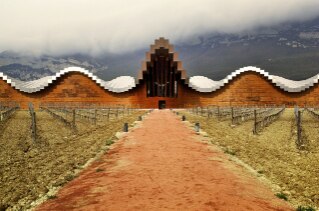We are speaking here of the association of the basics – water, energy, material resources – with lifestyle. Urban re-centring is happening in a variety of ways and settings, but in largely ad hoc fashion. And pressure for growth has not been limited to new cities. It also engages the old. An important dialogue is yet to happen between “developed” and “developing”. While the planet is being re-centred urbanistically, the older cities must be re-centred as positive models for the future. But the old mega-cities provide insufficient models in the face of new urban challenges – especially related to ecology and mega-issues like global warming. On the question of urbanisation and warming, the assessments of the experts today raise even more questions than only 14 months ago, when in February 2008 the “Urban Climate Change Crossroads” forum was held in Rome. Wishful thinking has since surfaced that both urbanisation and warming may be somehow slowed by the recent global economic collapse. But such is not likely to be the case. Indeed barely a year after the Rome forum, Lord Nicholas Stern, whose 2006 report was cited by so many of us, advised that the situation was already even more serious than previously thought – and that the effects of warming are coming faster than predicted only several years ago.
He has since made further adjustments in anticipation of Copenhagen 2009 in December. And like the warming, there is no evidence that urbanisation will abate. It may well intensify as our global insecurities grow. For example, the resettlement of climate refugees may serve to further re-centre the world’s cities. Climate Change and GDP are interrelated such that the so-called “developed” world will not be exempt. In the United States, the new urban wave is already nascent as the economic and psychological advantages of suburban lifestyle are eroding. Add to this the climate equation, already evidenced in the resettlement from New Orleans to other cities, and we begin to sense the complexity of our shared urban futures. Within the realm of the “developed” world, we might celebrate that people are returning to cities. But what kind of city they return to is a crucial issue, and an important component of the re-centring question. For example, the infrastructure of older cities is environmentally substandard, and impossible to upgrade if one follows normative thinking, such that there can never be adequate water and energy delivery; adequate sanitary systems; adequate waste handling, and so on. All of these basics require rethinking assumptions of scale, efficiency, and sustainability.
The mega-scale infrastructural approaches of the industrial era no longer function well, and infrastructural innovation must include the micro scale. Older industrial-era cities must reinvent their economies, and this process relates directly to reinvention of their infrastructures around new sustainability criteria.
In the United States, our 20th-century cycle of urban dispersal is finished. We are entering a new era of consolidation for which simple densification provides only a beginning consideration. It must be associated with spatial and social qualities, including equity issues. An aspect of re-centring involves sociological and cultural phenomenon, and a psychological dimension as basic as security on many levels. In the new era of direct competition between cities, these realms of consideration will be increasingly important. Climate science is social science. For example, climate and environmental justice considerations are directly connected to development of social capital. Those cities that attract social capital will also be far more likely to succeed with new enterprise and an expanded economic base – and especially for knowledge-based urban economies. And they will be successful in realising adaptation strategies for global warming.
The making of urban competitive distinctions starts here. If continuing urbanisation and global warming are the future, urban competition and climate will be a fundamental admixture to the re-centring of the 21st century. Richard Plunz
Richard Plunz is professor of Architecture at Columbia University where he is Director of Urban Design Lab at The Earth Institute and Director of the Urban Design Program at the Graduate School of Architecture, Planning, and Preservation. A recent publication, coedited with Patricia Culligan, is Eco-Gowanus: Urban Remediation by Design (2007).
Maria Paola Sutto is a biologist, environmentalist and journalist based in New York City. She has researched and written extensively on the new frontiers of science and the digital revolution. Richard Plunz and Maria Paola Sutto are part of the Urban Design Lab at the Earth Institute of Columbia University, New York. The minutes of the congress on “Urban Climate Change at the Crossroads”, which took place in Rome in 2008, have been gathered by them into an essay titled Urban Climate Change Crossroads.

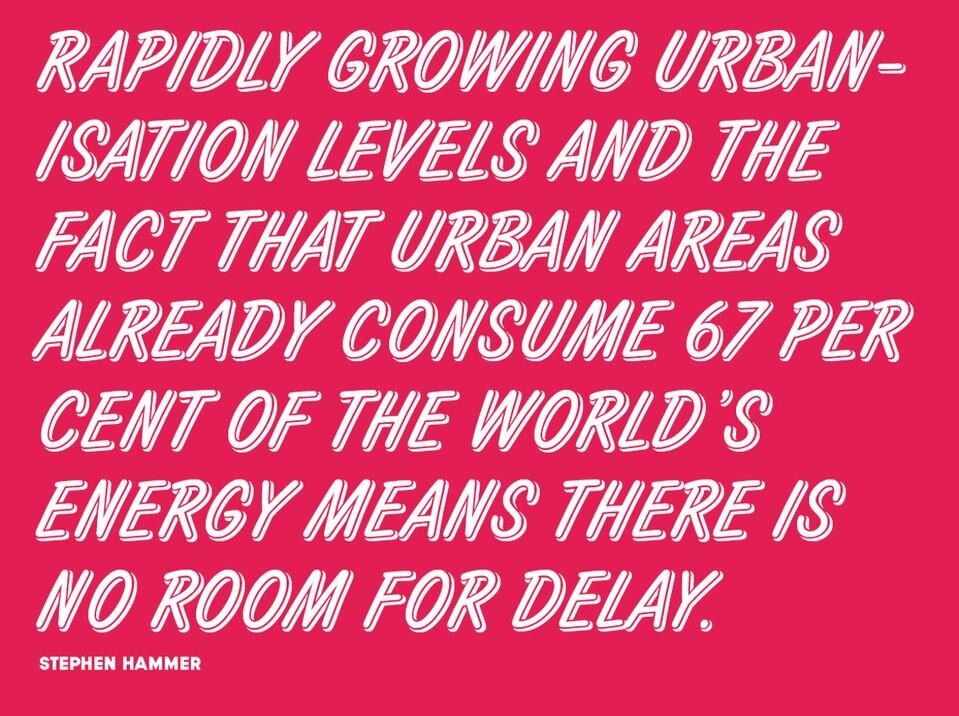
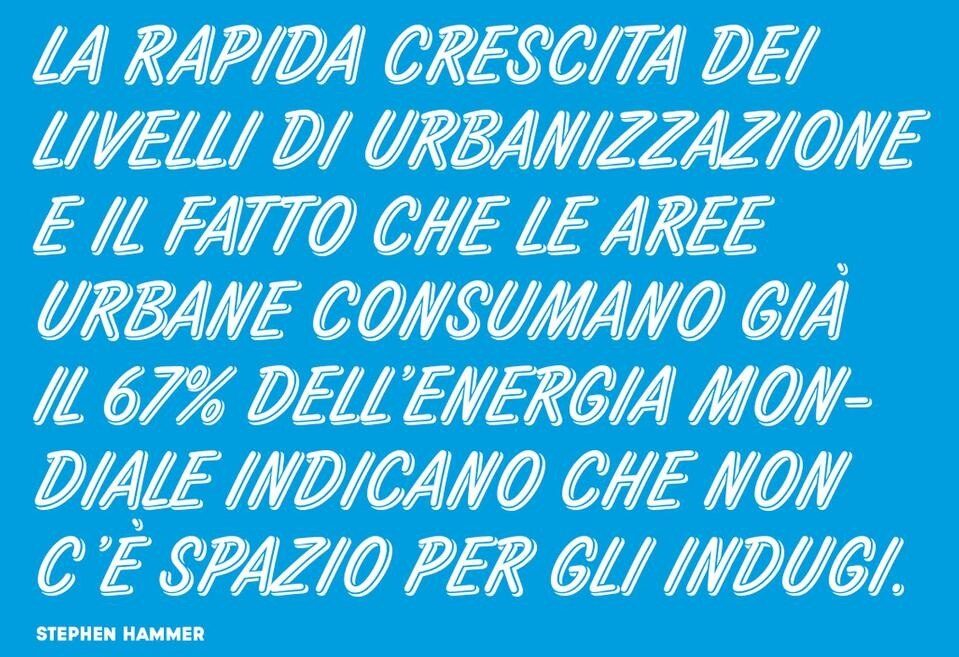
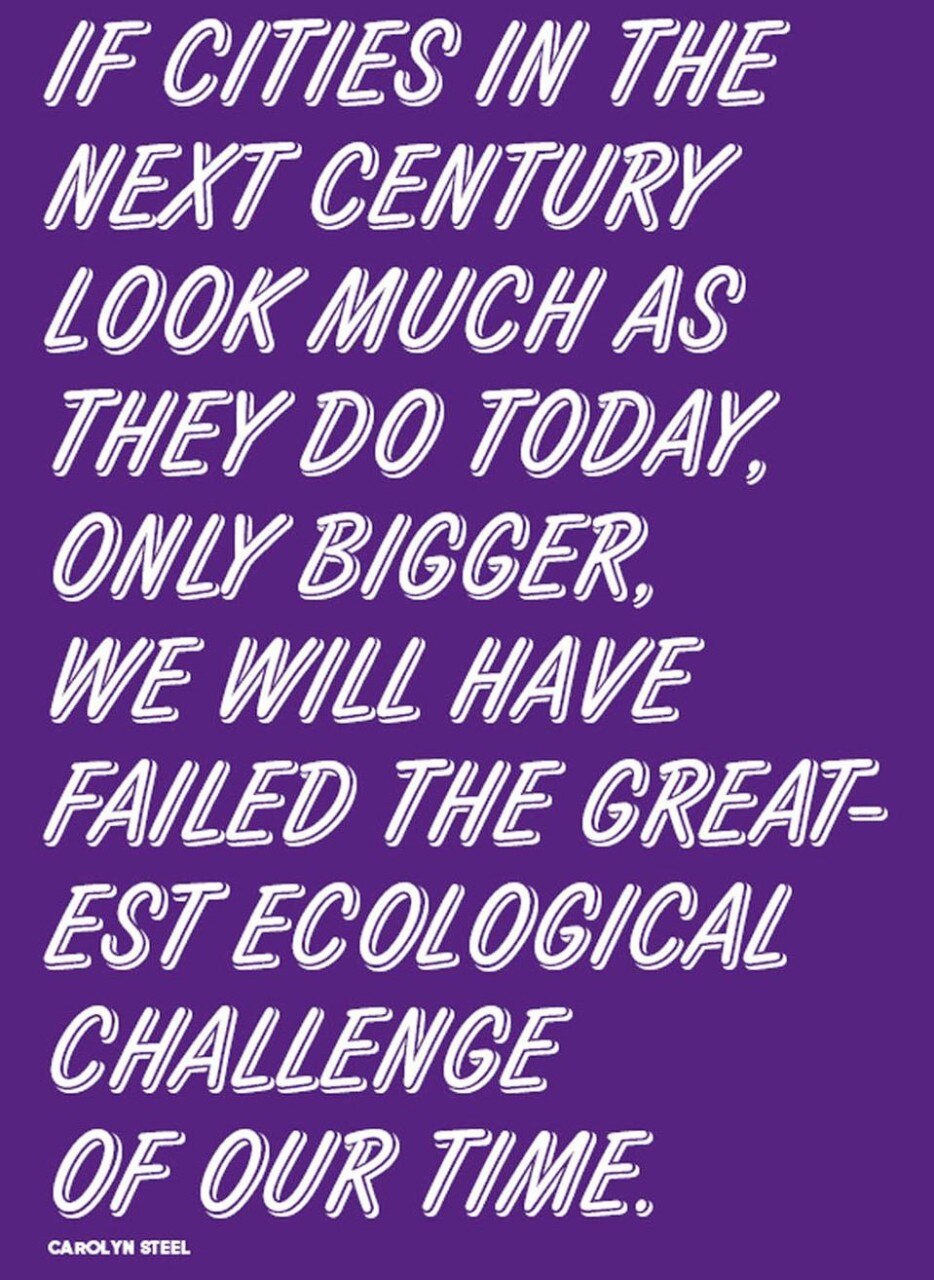
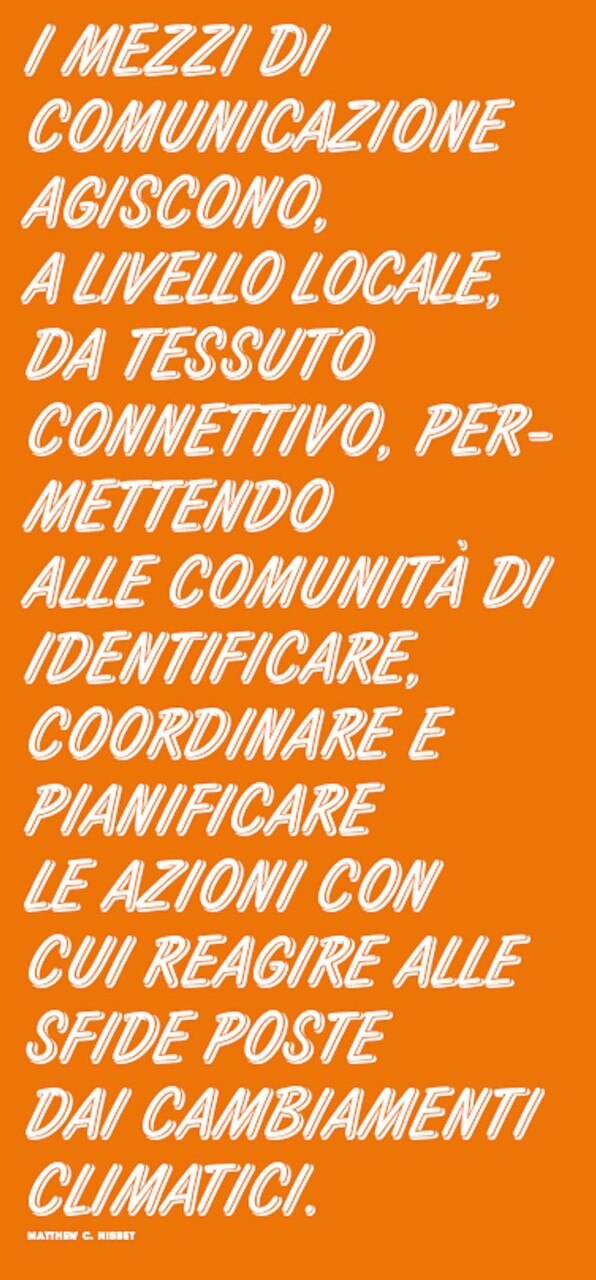
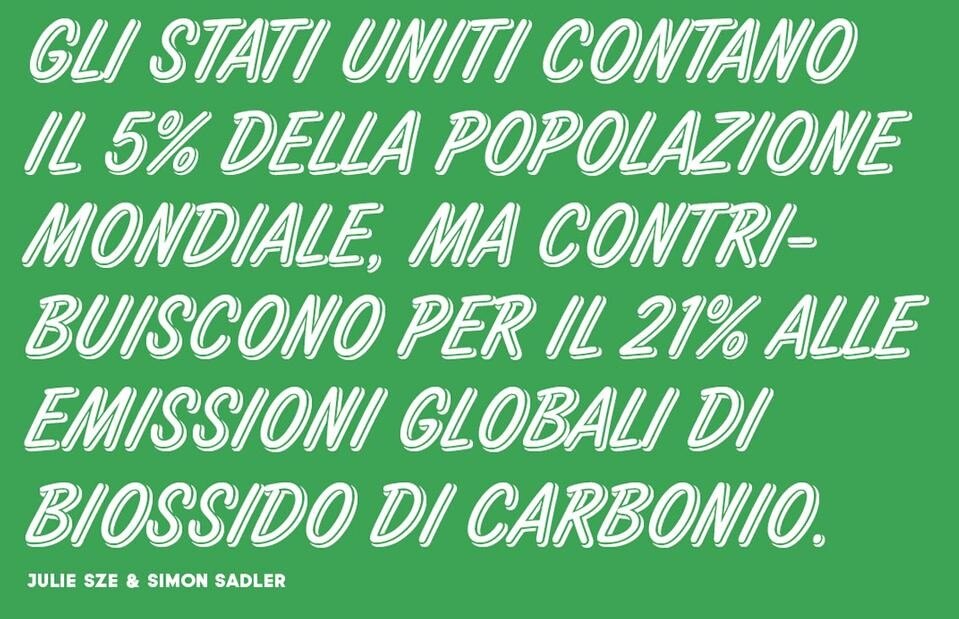

How many forms can an idea take? Fantin has the answer
One material, metal; thirty-five colors; and endless possible configurations for modern, versatile, and functional furniture: design according to Fantin.










